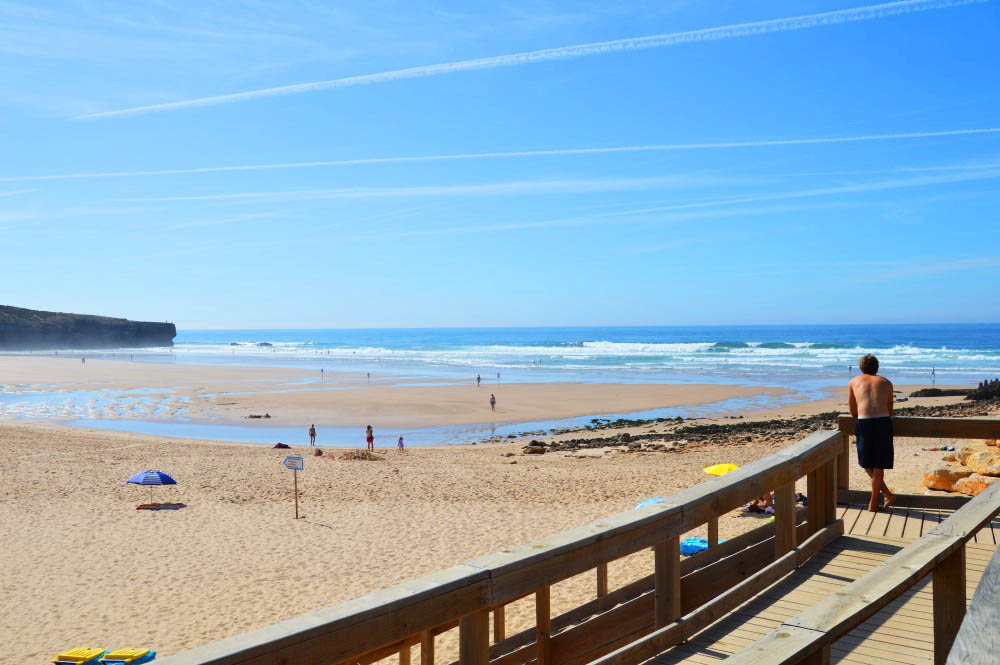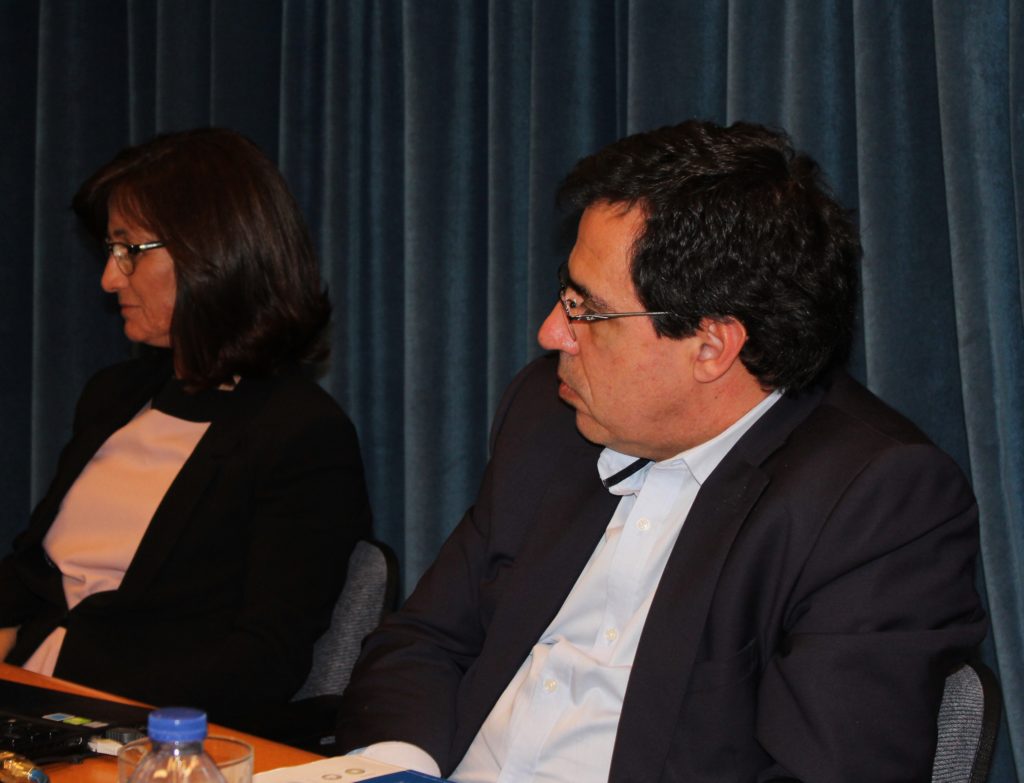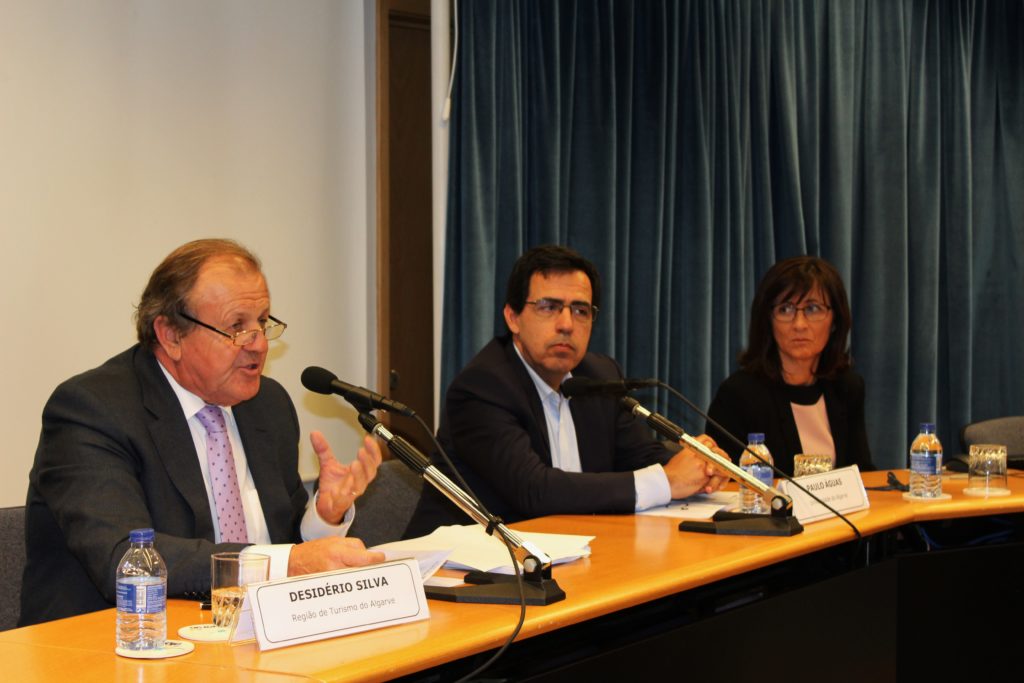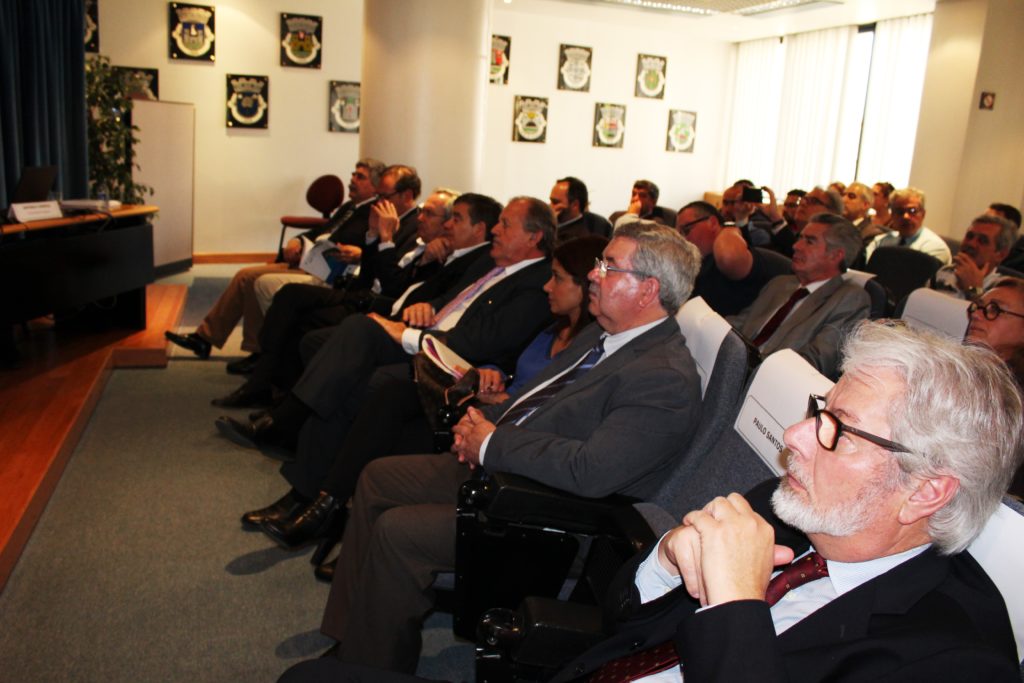 98% of tourists who visited the Algarve in 2016 rate it positively, as they also see the destination as “beautiful, wonderful and fun”. These are some of the conclusions of the study “The profile of tourists visiting the Algarve”, by Antónia Correia and Paulo Águas, presented this Thursday, April 6, at the Algarve Tourism Region (RTA), in Faro.
98% of tourists who visited the Algarve in 2016 rate it positively, as they also see the destination as “beautiful, wonderful and fun”. These are some of the conclusions of the study “The profile of tourists visiting the Algarve”, by Antónia Correia and Paulo Águas, presented this Thursday, April 6, at the Algarve Tourism Region (RTA), in Faro.
This work by two professors from the University of Algarve (UAlg) was based on the results of 4205 surveys carried out in two periods: from July to August and from September to October.
In the study, a division is made between two types of tourists: traditional (those who use traditional forms of accommodation) and residential (those who stay in their own home, family or friends or who rent private houses).
And the truth is that conclusions were reached. For example: 96% of tourists guarantee that they will recommend the region to friends and family and 97% admit they want to return to the Algarve.
Here, still other data emerge. Among traditional tourists, 74% say they have visited the region before, while in the field of residential tourists, the percentage rises to 87%. In other words: there are more repeat tourists than new ones.
There is also a great affinity shown by tourists with the region and the positive emotions that the Algarve causes. «Visiting the Algarve says a lot about who I am», «I feel very attached to the Algarve» and «I feel that the Algarve is part of me» are, in order of importance, the three expressions that best reflect this affinity. While deeper among residential tourists, the affinity is equally significant among traditional tourists. Both are excellent ambassadors for the Algarve. For periods, it is the tourists who travel in July/August who show the greatest affinity with the destination.
Some of these comings to the region have the stamp of longevity. For example, among residential tourists, 15% have visited the Algarve since the 80s, and with regard to traditional tourists, the number is 9%.
This taste for the region “starts to emerge on the first visit”, guaranteed Antónia Correia. "Then it will be intensified in the following visits", he added. Even because the tourist «considers the holidays in the Algarve as therapeutic».
Seasonality – a criticism pointed out to the region – was also evaluated. The data confirms: 61% of people visit the region between July and August and 39% between September and October.
Already 55% of people who come to the Algarve visit more than one county, while 11% travel to other parts of the country and 4% still take a “hop” to neighboring Spain.
But there's more: the beach is the main attraction for almost half (47%), while 48% share photos, texts or videos related to the region on social networks. As for the availability of tourists in the Algarve, Barlavento is the winner, being the choice of 64%. The central area of the Algarve has 21% of the preferences and the Sotavento 15%.

One of the conclusions of the study was to note that «the Algarve is the main tourist region in the country», but it was also intended to answer the question about the economic impact of these visits. According to this work, the traditional tourist spends 1275 euros for a nine-day stay, while the residential tourist spends 1600 euros for 13 days.
For Desidério Silva, president of the Algarve Tourism Region, this analysis will now be «the working basis for what we can rectify or correct». The numbers seem to be positive, but, for him, the goal is to «reach 100%» in the degree of satisfaction of those who visit the region.
With a view to this purpose, one of the needs is «diversity», with bets on «gastronomy» or «cultural positioning». Especially because those who come to the Algarve do not have the same goals. From a family of “four or five people, each one wants a different experience, from hiking, cycling, golf, the beach or cultural entertainment,” explained Desidério Silva.
The data were released, the numbers cheer the Algarve, but there is also criticism from tourists. Namely: traffic, congestion, traffic… and the price.
According to the study, the future of the region depends on some lines of action: «keep demand in consolidated markets, rejuvenate products, promote nature and gastronomy tourism, evolve into an intelligent destination» and «attract new markets».
Other data from this 170-page study:
According to the data revealed by the study, residential tourists stay, on average, 12,6 days in the Algarve, and the vast majority already knew the region (87%), a place they visit at least once a year (49% ), sharing their holidays on social networks (48%).
In addition to their own house, they also use private leases (47%) which are mostly reserved online (61%), on Booking.com (23%) or on AirBnb (28%), suggesting that local accommodation is increasingly gaining consistency and market share.
Traditional tourists, in turn, mostly stay in hotels (53%) or resorts (34%) for 8,9 days. A mostly foreign demand (79%) justifies traveling by air (68%).
These tourists are also common in the region (74%), although with a lower rate of visit (39% do it once a year and 33% occasionally).
Traditional tourism comes mainly from Portugal (21%), United Kingdom (25%) and Germany (11%), while residential tourism is home to nationals (42%), British (19%) and French (8%).
In economic terms, each visitor spends an average of 136 euros per day, generating an estimated revenue of 1400 euros per tourist.
In the case of residential tourists, vacations, retirement and investment are the three main factors justifying the decision to establish the base of vacations in the south of the country, decisively contributing to the economic impact of tourism in the region, which registered a higher flow of overnight stays to 18,1 million in 2016 (compared to 16,6 million in 2015).
With regard to territorial dispersion, Albufeira (42%), Loulé (12%) and Portimão (12%) are the cities preferred by traditional tourists, assuming themselves as the major tourist centers in the region.
Residential tourists, in turn, are spread over a larger fringe in the south of the country, since, in addition to the three municipalities mentioned, which concentrate 50% of these tourists, Faro (7%), Lagos (8%), Silves (7%) and Tavira (7%) are also highly sought after.
Click here to access the study




















Comments